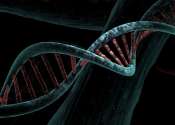Helping cells become better protein factories could improve gene therapies and other treatments
The cells in your body are not all the same. Each of your organs has cells with very different functions. For example, liver cells are top-notch secretors, as their job requires them to make and export many of the proteins ...









